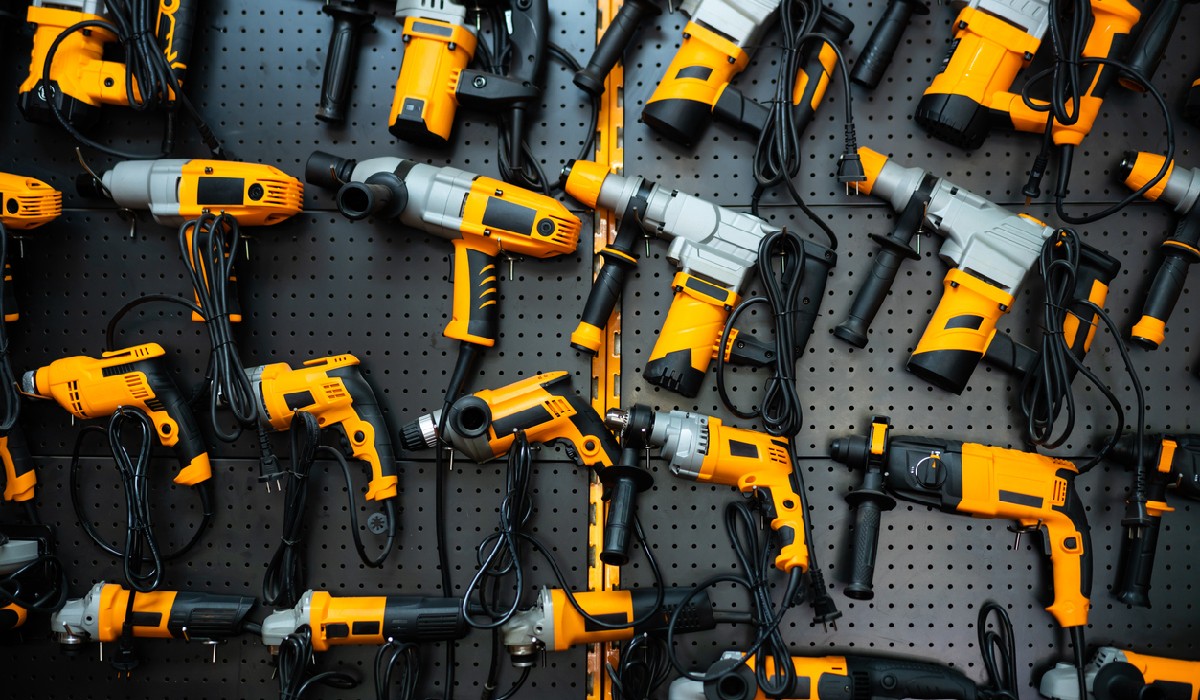

Articles
How To Organize Power Tools
Modified: January 20, 2024
Looking for articles on how to organize power tools? Check out our comprehensive guide for tips and tricks to keep your workspace tidy and efficient.
(Many of the links in this article redirect to a specific reviewed product. Your purchase of these products through affiliate links helps to generate commission for Storables.com, at no extra cost. Learn more)
Introduction
When it comes to working efficiently with power tools, organization is key. Having a well-organized system for storing and accessing your tools not only saves you time but also helps prolong the lifespan of your equipment. Imagine the frustration of digging through a cluttered toolbox or a messy workshop in search of a specific tool. The time wasted and the potential for misplaced or damaged tools can be a significant hindrance to your productivity and even your motivation.
That’s why organizing power tools is essential for any DIY enthusiast, hobbyist, or professional. Not only does it provide a sense of order and efficiency, but it also ensures that your tools are readily accessible and well-maintained. Whether you have a small garage workshop or a dedicated woodworking shop, having a system in place for storing and organizing your power tools will make your work much more enjoyable and productive.
In this article, we will explore the importance of organizing power tools, discuss how to choose the right storage system, outline the necessary tools for organization, provide tips for setting up a workstation, explain the benefits of creating dedicated storage spaces, and offer strategies for implementing a labeling system. Additionally, we will share some essential tips for maintaining organization in your workspace. By the end of this article, you’ll have a comprehensive understanding of how to effectively organize your power tools and create a streamlined working environment.
Key Takeaways:
- Efficient organization of power tools saves time, enhances safety, and prolongs tool lifespan. Choose the right storage system, gather essential tools, and maintain a well-designed workstation for optimal organization.
- Implementing a labeling system and following maintenance tips are crucial for sustaining an organized workspace. Regularly update labels, train others, and be mindful of new tool purchases to ensure continued efficiency.
Read more: How To Store Power Tools
Why Organizing Power Tools is Important
Having an organized system for your power tools offers a multitude of benefits. Here are some reasons why organizing your power tools is important:
- Efficiency: When your tools are neatly organized and easily accessible, you can work more efficiently. You won’t waste time searching for the right tool or untangling cords. Instead, you can focus on the task at hand and complete your projects more smoothly.
- Productivity: An organized workspace promotes productivity. When everything has its designated place, you can quickly find what you need and get to work without any delays. You’ll spend less time rummaging through clutter and more time actually working on your projects.
- Tool Maintenance: Proper organization helps protect and maintain your power tools. When stored correctly, your tools are less likely to suffer from damage caused by being knocked around or exposed to dust and moisture. Taking the time to organize them ensures they’ll be in optimal condition when you need to use them.
- Safety: A cluttered workspace can be a safety hazard. Loose tools and tangled cords can lead to accidents and injuries. By organizing your power tools, you minimize the risk of tripping over tools or having a heavy tool fall on you.
- Longevity: Organizing power tools helps prolong their lifespan. By storing them properly and keeping them clean, you can prevent rust, corrosion, and other forms of damage. This ensures that your tools last longer and perform at their best.
- Aesthetics: Let’s not forget the visual appeal of an organized workspace. A clean and well-organized area is more inviting, making it a pleasant place to work in. It also creates a positive impression on clients or visitors to your workshop.
Overall, organizing your power tools is essential not only for the sake of efficiency and productivity but also for ensuring the longevity and safety of your tools. It is an investment of time and effort that pays off in the long run, allowing you to work more smoothly and enjoy your projects to the fullest.
Choosing the Right Storage System
When it comes to organizing power tools, selecting the right storage system is crucial. The storage system you choose should be tailored to your specific needs, available space, and the types of power tools you own. Here are some key factors to consider when choosing a storage system:
- Workspace: Assess the available space in your workshop or garage. Consider the layout and dimensions of the area to determine the best storage solution. Wall-mounted racks, shelving units, or tool cabinets are popular options that maximize space and keep tools within reach.
- Tool Inventory: Take into account the number and size of your power tools. Consider whether you have a collection of handheld power tools or larger stationary tools. This will help you decide if you need smaller compartments or larger storage options.
- Accessibility: Think about how often you use your tools and whether you want them easily accessible or tucked away for occasional use. Wall-mounted systems provide convenient access, while tool chests or cabinets offer a more secure and organized storage solution.
- Portability: If you frequently work on different job sites or need to transport your tools, consider storage options that offer portability, such as rolling tool chests or stackable storage containers. These will allow you to easily transport your tools while keeping them organized.
- Tool Protection: Consider the level of protection your power tools require. If you have delicate or expensive tools, you may need enclosed storage options with padding or foam inserts to prevent damage during storage and transportation.
- Budget: Determine your budget for purchasing storage solutions. There is a wide range of options available, from budget-friendly options like pegboard systems to higher-end tool cabinets. Set a budget and explore options that fit within your financial constraints.
Ultimately, the right storage system for your power tools will depend on your specific needs and preferences. Consider the factors mentioned above and weigh the pros and cons of different storage options. Don’t be afraid to mix and match storage solutions to create a customized system that works best for you.
Necessary Tools for Organization
Organizing your power tools requires a few essential tools to ensure everything is properly stored and easily accessible. Here are some necessary tools for organization:
- Toolbox: A sturdy toolbox is essential for storing and transporting smaller power tools and handheld equipment. Opt for a toolbox with multiple compartments or removable trays to keep your tools organized within the box.
- Pegboard System: A pegboard is a versatile and cost-effective solution for organizing and displaying your power tools. Install a pegboard on a wall and use hooks, pegs, and baskets to hang and store your tools. It allows for easy visibility, quick access, and the ability to rearrange your tools as needed.
- Tool Chest or Cabinet: For larger power tools and equipment, a tool chest or cabinet provides secure and organized storage. Look for one with multiple drawers and compartments to accommodate different tool sizes. To maximize organization, use dividers or foam inserts to separate and protect your tools.
- Shelving Units: Shelving units are ideal for storing items that don’t fit in a toolbox or tool chest. They provide additional storage space for larger power tools, containers, and other accessories. Opt for adjustable shelves to customize the spacing according to your needs.
- Label Maker: A label maker is a handy tool for creating clear and professional labels. Use it to label your toolboxes, drawers, shelves, and containers. Clearly labeled storage areas ensure that you can quickly locate the tools you need and maintain organization in your workspace.
- Cord Organizers: Power tool cords can easily become tangled and create a mess. Consider using cord organizers such as cord reels, cable ties, or Velcro straps to keep cords neatly wrapped and prevent them from tangling in storage or during transport.
- Wall-Mounted Racks and Hooks: Install wall-mounted racks and hooks to store larger power tools like drills, saws, or sanders. These racks keep your tools off the floor, providing more floor space and easy access to frequently used tools.
These tools will help you establish a well-organized system for your power tools, ensuring that each tool has its dedicated place and is easily accessible when you need it. Invest in high-quality tools and storage solutions to ensure they stand the test of time and make your overall organizing process more efficient and effective.
Setting Up a Workstation
Having an organized and functional workstation is essential for a smooth workflow and increased productivity. When setting up your workstation, consider the following tips:
- Clear the Space: Start by clearing the area of any clutter, debris, or unnecessary items. This will provide a clean and open space to work in and give you a fresh canvas to organize your power tools.
- Designate Work Zones: Identify different work zones based on the type of tasks you perform. For example, have a cutting zone, a drilling zone, and a sanding zone. This will help streamline your workflow and ensure that tools and materials are easily accessible for each specific task.
- Ergonomics: Consider ergonomics when arranging your workstation. Position your workbench at a comfortable height to avoid straining your back or arms. Arrange tools and equipment within reach to minimize reaching and twisting movements.
- Power Outlets: Ensure that your workstation has sufficient power outlets to accommodate your power tools. This will prevent the need for extension cords or overloading a single outlet.
- Lighting: Proper lighting is crucial for a well-functioning workstation. Ensure that you have adequate lighting in your workspace to avoid eye strain and shadows that can hinder your work. Consider installing task lighting or utilizing natural light sources if possible.
- Workbench Organization: Maximize the efficiency of your workbench by organizing tools in a logical manner. Have a designated area for frequently used tools, with hooks or magnetic strips to hang them for easy access. Use drawer dividers or containers to store smaller items like screws, nails, and drill bits.
- Safety Equipment: Keep safety equipment, such as goggles, gloves, and ear protection, easily accessible in your workstation. This will encourage you to wear them consistently and prioritize your safety while working with power tools.
- Tool Maintenance Area: Set up a specific area for tool maintenance and repair. This can include a workbench with tools for sharpening blades, cleaning equipment, and lubricating moving parts. A well-maintained tool is safer and performs better, ensuring that you can complete your projects efficiently.
- Keep It Clean: Regularly clean and organize your workstation to maintain a tidy and efficient working environment. Spend a few minutes at the end of each work session to clean up, put tools back in their designated spots, and remove any debris or waste.
By following these tips, you can create a well-organized and functional workstation that supports your workflow and enhances your overall productivity. A well-designed workstation not only increases efficiency but also improves your overall work experience, making your time in the workshop more enjoyable and rewarding.
Use pegboards or wall-mounted racks to store power tools, keeping them easily accessible and saving valuable workspace. Label each spot for quick and efficient organization.
Read more: How To Use Power Tools
Creating Dedicated Storage Spaces
Creating dedicated storage spaces for your power tools is crucial for maintaining organization and accessibility in your workspace. Here are some tips for creating dedicated storage spaces:
- Assess Your Power Tool Collection: Take an inventory of your power tools and assess the types and sizes of tools you have. This will help you determine the best storage solutions for each tool and the amount of space you’ll need.
- Wall-Mounted Storage: Utilize wall space to create dedicated storage for your power tools. Install wall-mounted shelves, pegboards, or a combination of both to hang your tools. Use hooks, clips, or customized tool holders to keep tools organized and within easy reach.
- Tool Cabinets and Chests: Invest in a tool cabinet or chest to store larger power tools and equipment. These typically have multiple drawers and compartments for organizing tools of various sizes. Use dividers or foam inserts to separate and protect your tools and maintain order within the cabinet.
- Drawer Organizers: If your storage system includes drawers, use drawer organizers to keep tools and accessories neatly arranged. Use different organizers for different types of tools or sizes to ensure a tailored storage solution.
- Portable Storage: For power tools that you frequently use on different job sites, consider portable storage options. Rolling tool chests or stackable storage containers are ideal for transporting and organizing tools while ensuring they remain protected.
- Vertical Storage: Make use of vertical space in your workshop by installing tool racks, shelves, or hanging systems. This is particularly useful for longer or awkwardly shaped tools like hammers, saws, or levels.
- Customize Spaces: Customize storage spaces to accommodate the specific needs of your power tools. Use foam inserts or cutouts to create tool outlines, ensuring each tool has its designated spot. This not only keeps tools organized but also helps you quickly identify if any tools are missing.
- Labeling: Implement a labeling system to identify the contents of each storage space. Use clear labels or color-coded tags to indicate which tools or accessories belong in each storage area. This makes it easier to find specific tools and maintain organization over time.
- Review and Optimize: Regularly review your storage system and make modifications as needed. Assess its effectiveness in maintaining organization and accessibility. Consider rearranging or adding storage solutions based on changes in your tool collection or workflow.
Creating dedicated storage spaces for your power tools ensures that each tool has its designated spot, making it easier to find what you need quickly. It also helps prevent tools from getting misplaced or damaged, allowing you to work efficiently and prolonging the lifespan of your tools. By implementing dedicated storage spaces, you’ll have a well-organized workshop that supports your work and maximizes your productivity.
Implementing a Labeling System
A labeling system is a crucial component of organizing power tools effectively. By implementing a labeling system, you can easily identify and locate tools, accessories, and storage spaces. Here are some tips for implementing a labeling system:
- Clear and Visible Labels: Use labels that are clear, legible, and easy to read. Choose label makers or printable labels that have a professional appearance. Ensure that the font size is large enough to be visible from a distance.
- Consistency: Establish consistency in your labeling system. Use the same format, font, and color scheme for all labels. This creates a cohesive and organized appearance throughout your workspace.
- Categorize by Tool Type: Group tools together based on their type or function. For example, label one section for power drills, another for saws, and another for sanding tools. This makes it easier to locate specific tools when needed.
- Location Labels: Label specific storage spaces such as drawers, cabinets, or shelves to indicate what tools are stored in each area. This ensures that tools are returned to their proper place after use and makes it easier to find them later.
- Color Coding: Consider incorporating color coding into your labeling system. Assign specific colors to different categories of tools. For example, use red labels for power drills, blue labels for saws, and green labels for sanding tools. This provides a visual cue and makes it even easier to locate tools at a glance.
- Include Descriptions or Images: Add descriptions or images to your labels to provide more information about the tools. This can be especially helpful if you have multiple tools that look similar or if you work with others who may not be as familiar with the tools.
- Update Labels as Needed: Review and update your labels periodically. If you add new tools to your collection or rearrange your storage spaces, make sure to adjust the labels accordingly. This ensures that your labeling system remains accurate and up to date.
- Label Maintenance Areas: Don’t forget to label maintenance areas in your workspace, such as sharpening stations or oiling stations. This will help you quickly locate the necessary tools or supplies when performing routine maintenance on your power tools.
- Train and Communicate: If you have a shared workspace or work with others, make sure to communicate and train them on the labeling system. This will ensure that everyone understands the organization and can easily find and return tools to their designated spots.
An effective labeling system is a simple yet powerful tool that enhances organization and saves time in the long run. It provides clarity and structure to your workspace, ensuring that tools are easily found and returned to their proper place. By implementing a labeling system, you’ll create a more efficient and productive environment for working with your power tools.
Tips for Maintaining Organization
Maintaining organization in your workspace is just as important as setting it up initially. Here are some tips to help you maintain organization and keep your power tools well-organized:
- Put Tools Back in Their Designated Spots: After using a power tool, make it a habit to clean it and return it to its designated storage space. Avoid leaving tools lying around or placing them in random spots, as this can lead to clutter and difficulty in finding them later.
- Clean Up Regularly: Schedule regular clean-up sessions in your workspace. Take a few minutes at the end of each work session to clean up any debris, wipe down surfaces, and ensure that tools are properly stored.
- Organize as You Go: As you work on projects, take a moment to organize tools and materials in between tasks. This prevents clutter from accumulating and keeps your workspace tidy throughout the entire work session.
- Create a Cleaning Routine: Develop a cleaning routine to keep your workspace organized and maintained. This can include tasks such as dusting shelves, wiping down surfaces, and checking for any damaged or worn-out tools.
- Inspect Tools Regularly: Regularly inspect your power tools for any signs of wear, damage, or malfunction. Address any issues promptly to prevent further damage and ensure that your tools are in optimal working condition.
- Follow Tool Maintenance Guidelines: Adhere to the maintenance guidelines provided by the manufacturers of your power tools. This may include cleaning certain components, lubricating moving parts, or sharpening blades. Regular maintenance helps prolong the lifespan of your tools and keeps them in top working condition.
- Discard or Donate Unneeded Tools: From time to time, assess your power tool collection and identify any tools that you no longer need or use. Discard or donate these tools to free up space and maintain a streamlined inventory of essential tools.
- Regularly Update Labels: As your tool collection evolves or your storage system changes, make sure to update labels accordingly. This ensures that labels reflect the current contents of storage spaces and makes it easier to locate tools when needed.
- Train Others: If you share your workspace with others, educate them on the organization system and stress the importance of maintaining organization. Encourage them to follow the same practices and properly store tools after use.
- Be Mindful of New Purchases: Before adding new tools to your collection, consider whether they serve a specific purpose and if you have sufficient space to store them. Avoid cluttering your workspace with unnecessary tools that may compromise organization.
By implementing these tips and staying consistent in your organizational efforts, you can maintain a clean and efficient workspace for your power tools. Remember, organization is an ongoing process, so be proactive and dedicated in maintaining a well-organized environment.
Conclusion
Organizing power tools is essential for anyone who wants to work efficiently, maintain tool longevity, and create a productive workspace. By implementing a systematic approach to organizing and storing your power tools, you can save time, reduce clutter, and enhance safety in your workshop or garage.
Start by choosing the right storage system that suits your space and tool collection. Whether it’s wall-mounted racks, tool cabinets, or a combination of storage solutions, finding the right fit is crucial. Consider factors such as accessibility, portability, and tool protection when selecting your storage options.
Once you have established a storage system, gather the necessary tools for organization. A toolbox, pegboard, drawer organizers, and labeling equipment are essential for keeping your power tools organized and easily accessible. Customizing storage spaces and implementing a labeling system will further enhance efficiency and visibility in your workspace.
Setting up a well-designed and ergonomic workstation is another key aspect of maintaining organization. Clearing the space, designating work zones, and ensuring proper lighting and power outlets are essential for a functional workspace. Take the time to set up dedicated areas for tool maintenance and safety equipment to ensure smooth operations.
Implementing a labeling system is a crucial component of organizing power tools effectively. Clear and consistent labels, color coding, and descriptions or images can help you quickly locate tools and maintain order in your workspace. Regularly reviewing and updating labels will ensure accuracy over time.
To maintain organization, be disciplined about putting tools back in their designated spots and regularly clean up your workspace. Inspect and maintain your tools according to manufacturer guidelines, and discard or donate any unneeded tools to free up space and streamline your inventory.
Remember, maintaining organization is an ongoing process. Stay consistent, train others who share your workspace, and be mindful of new tool purchases to ensure continued organization and efficiency.
By following these tips and committing to a well-organized system, you can create a functional and clutter-free workspace that maximizes your productivity and enjoyment when working with power tools.
Frequently Asked Questions about How To Organize Power Tools
Was this page helpful?
At Storables.com, we guarantee accurate and reliable information. Our content, validated by Expert Board Contributors, is crafted following stringent Editorial Policies. We're committed to providing you with well-researched, expert-backed insights for all your informational needs.
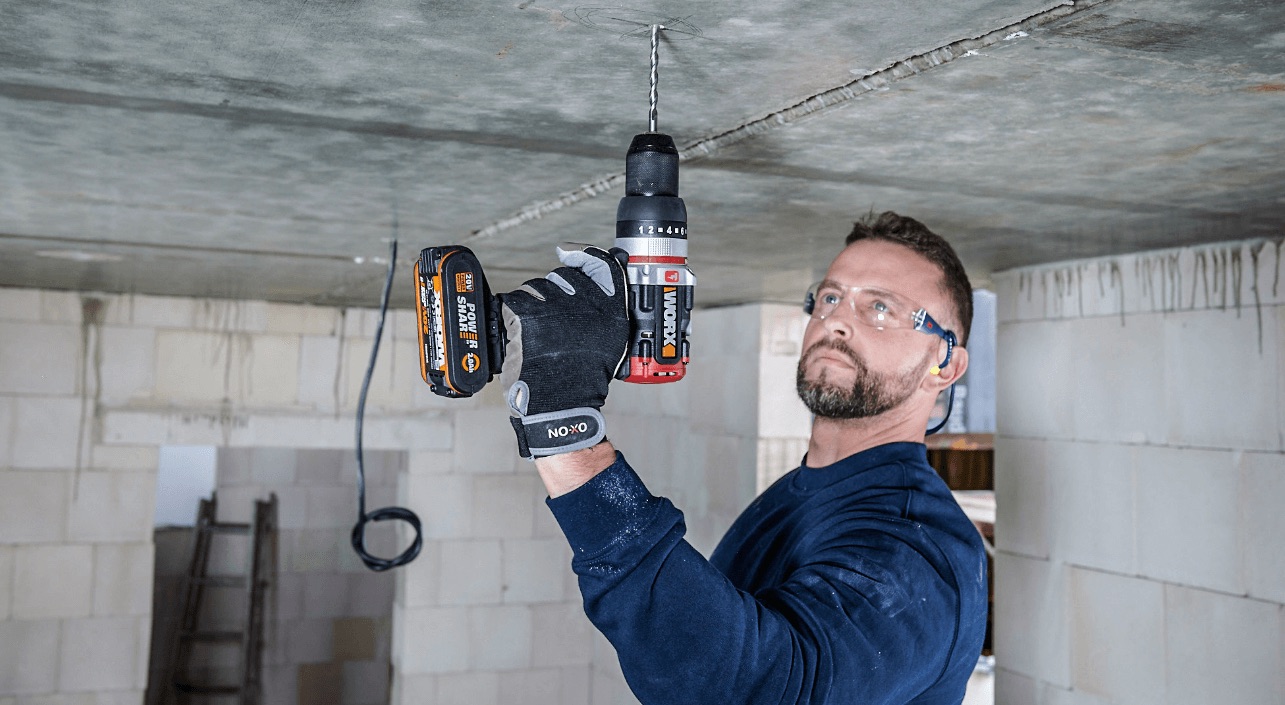
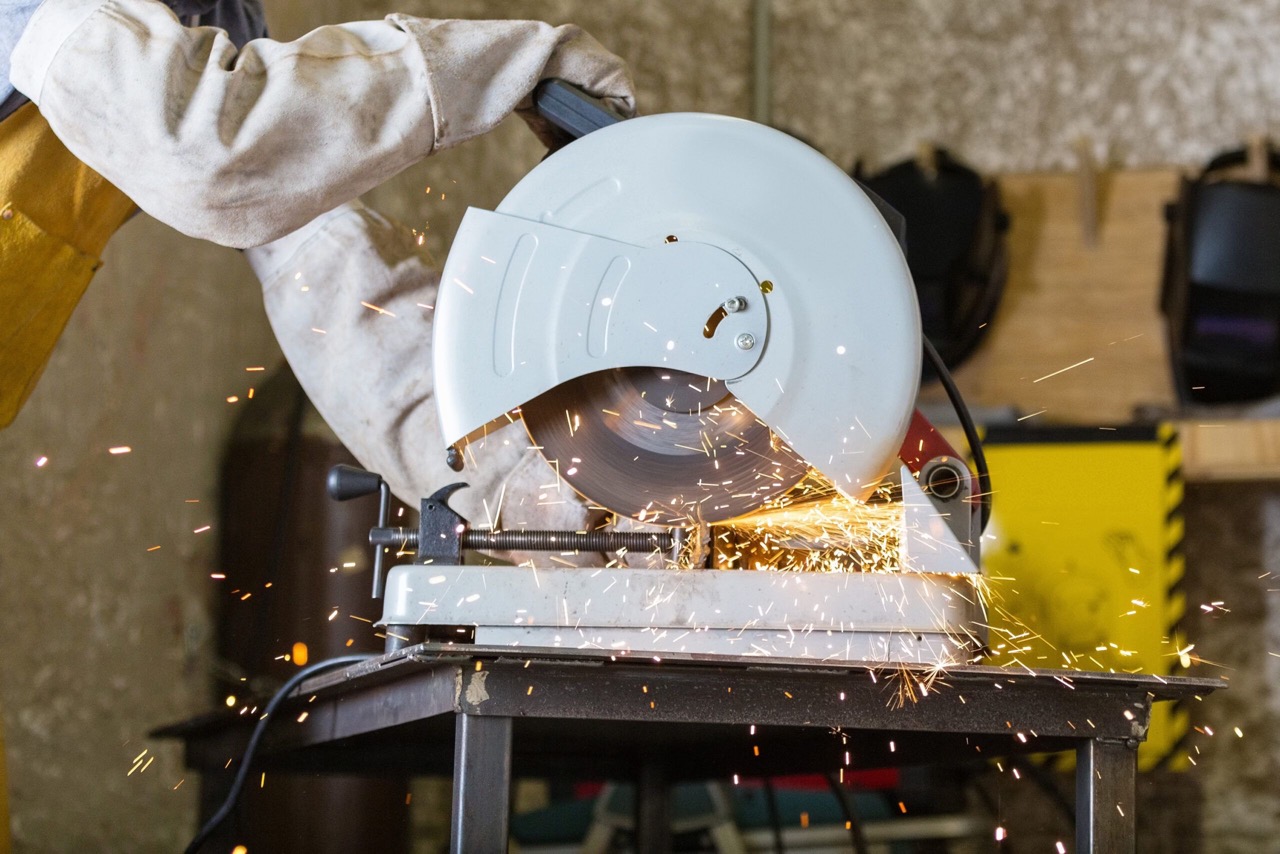
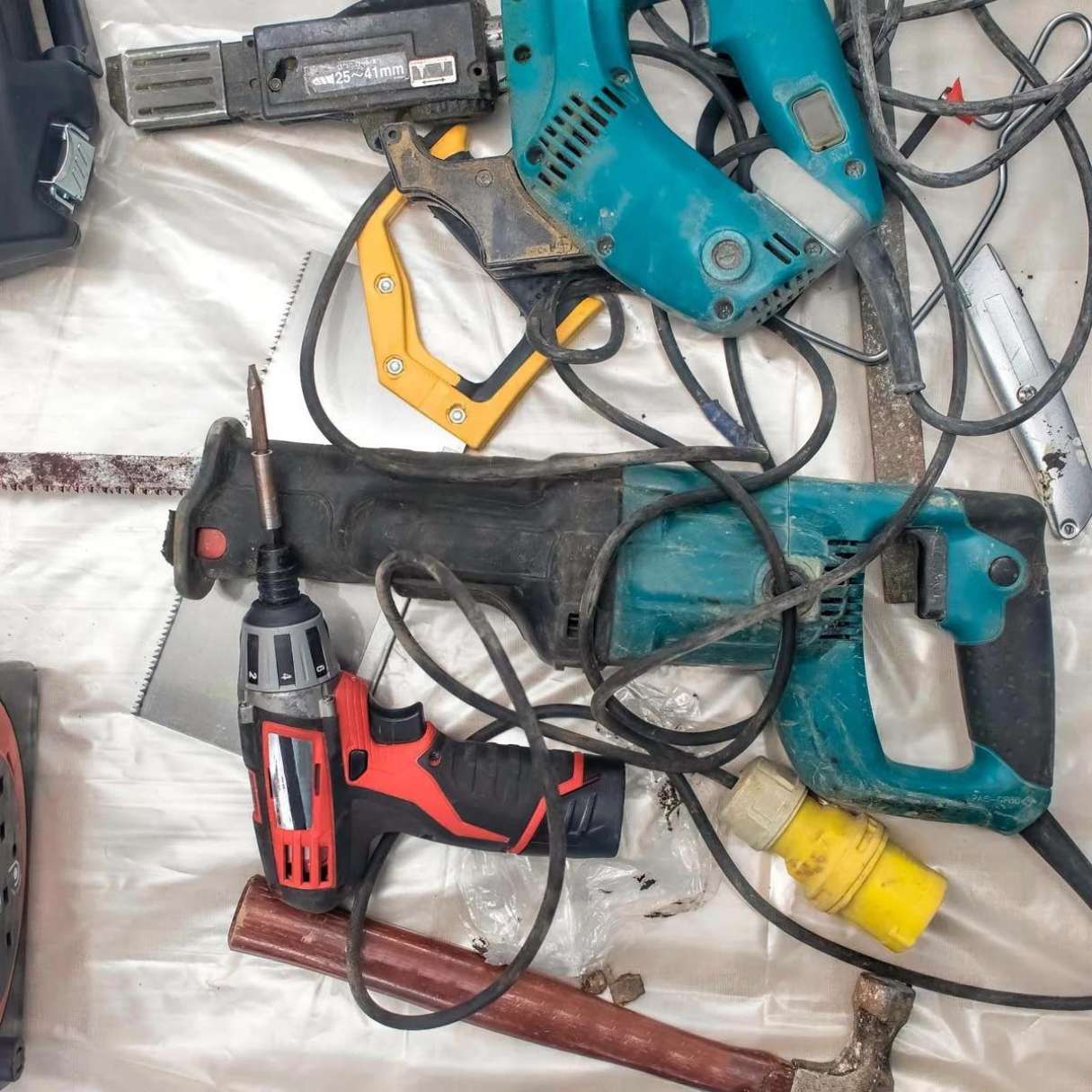
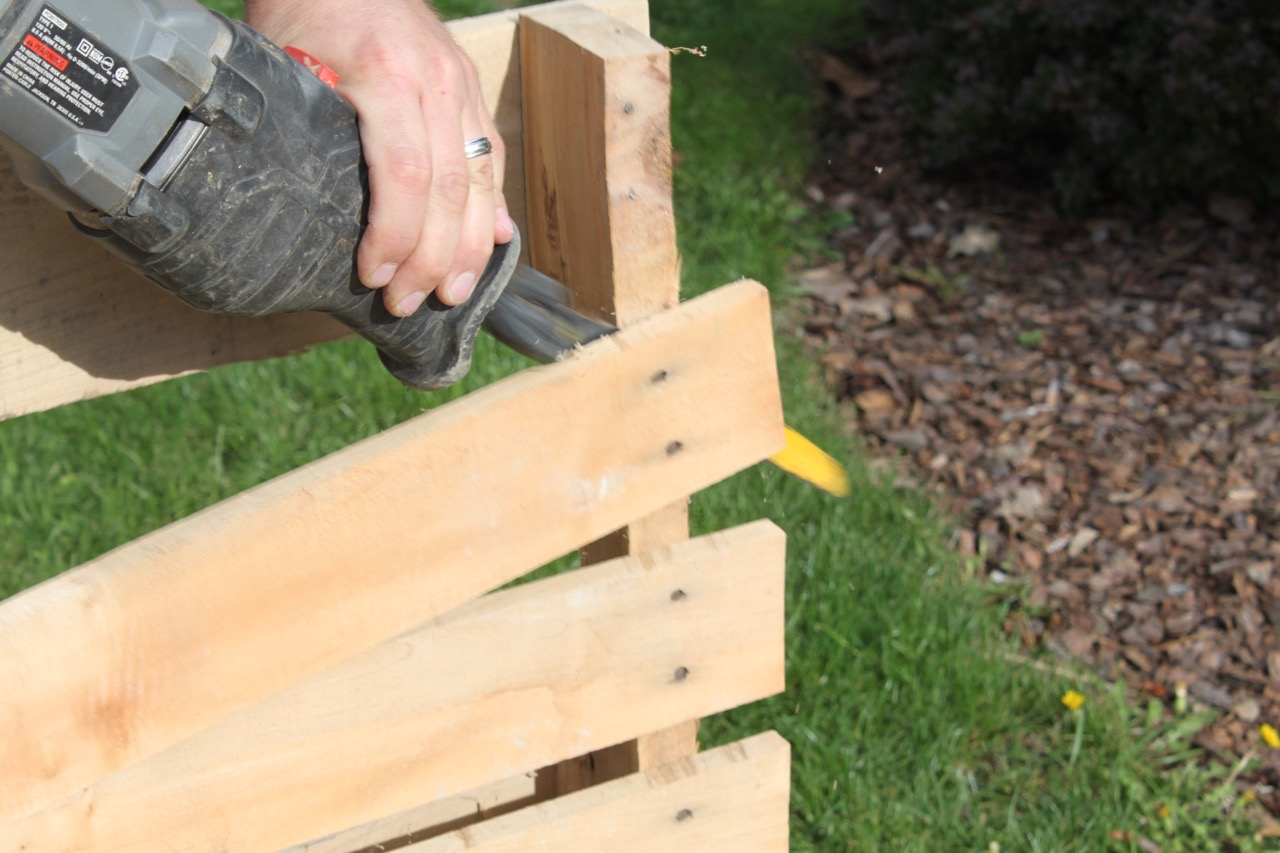
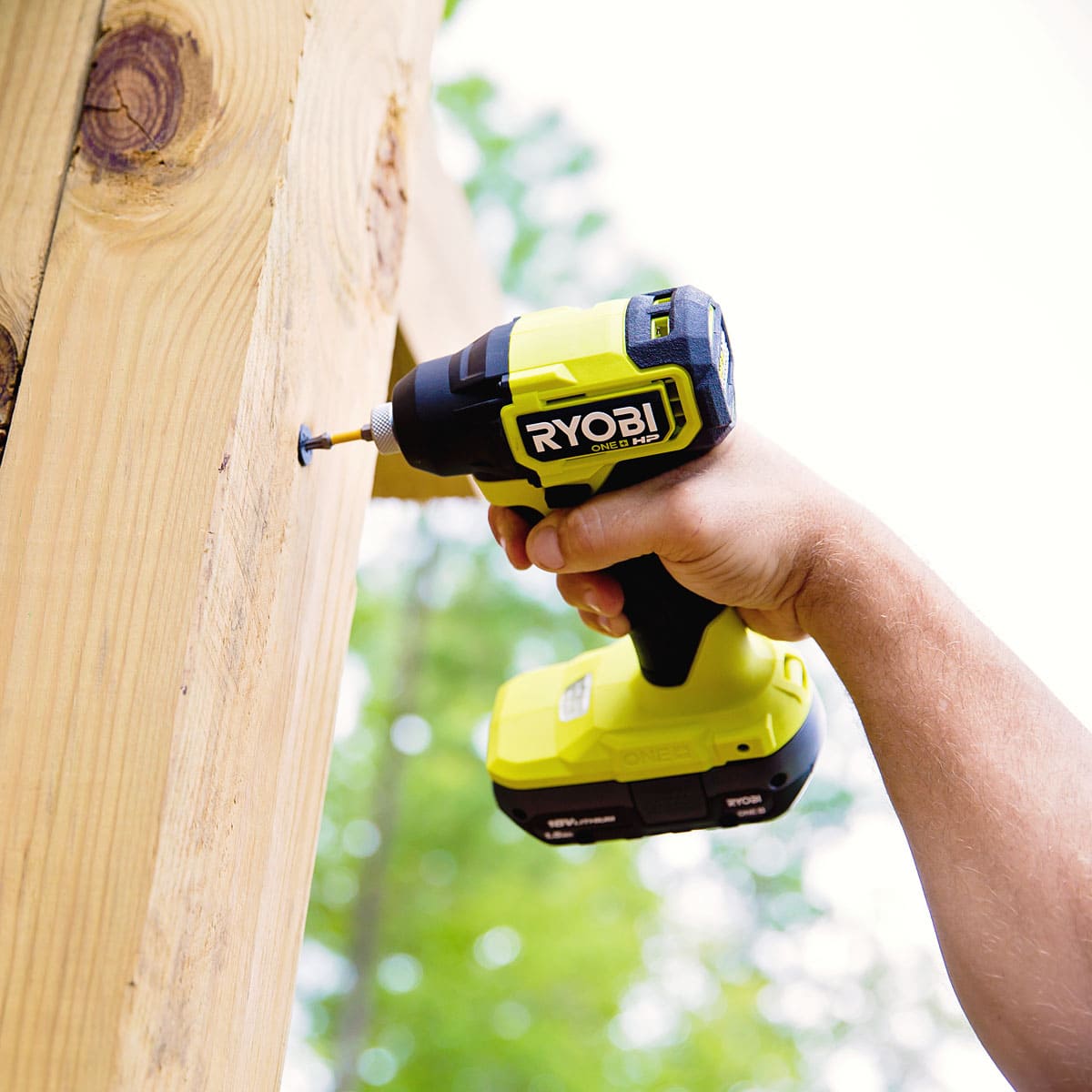
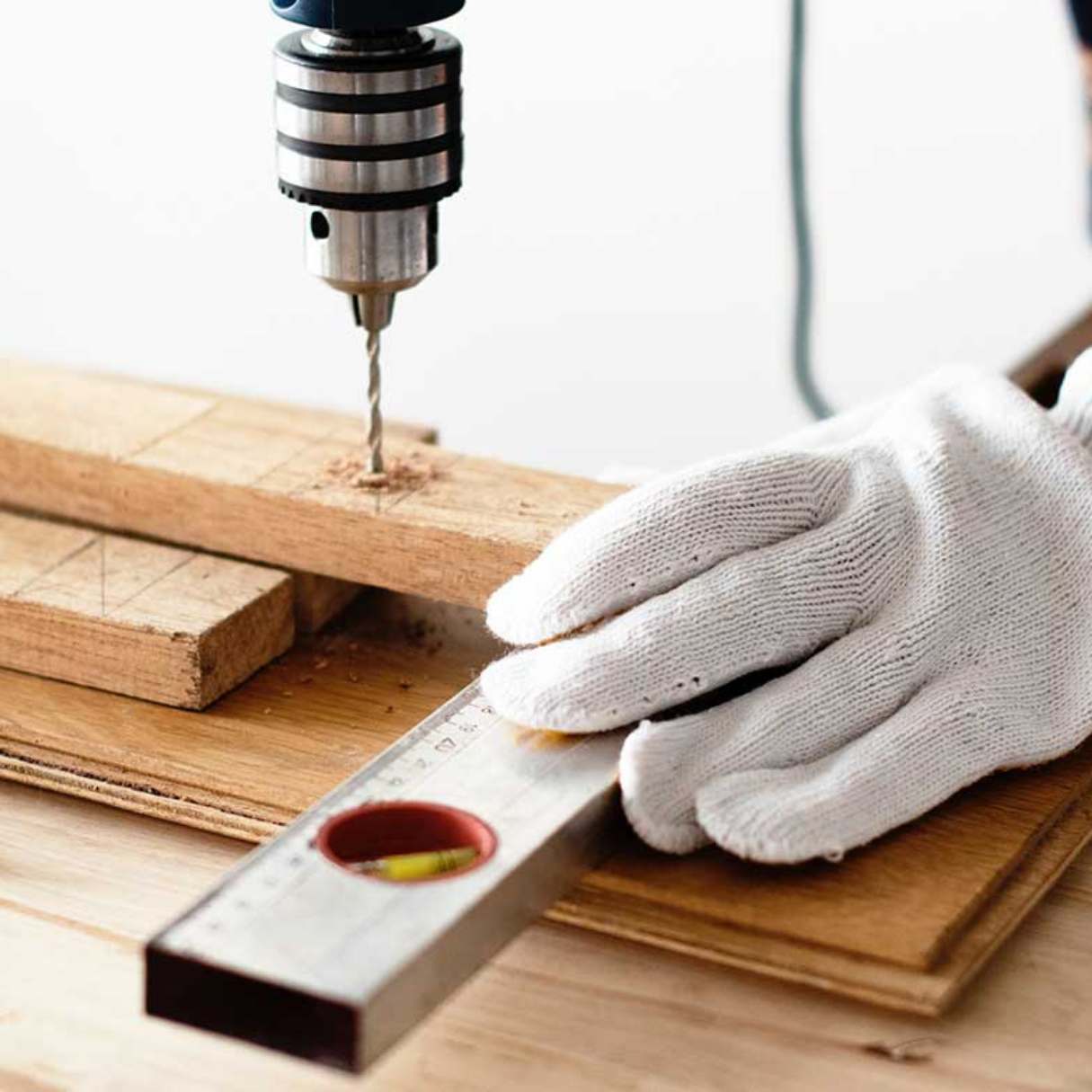

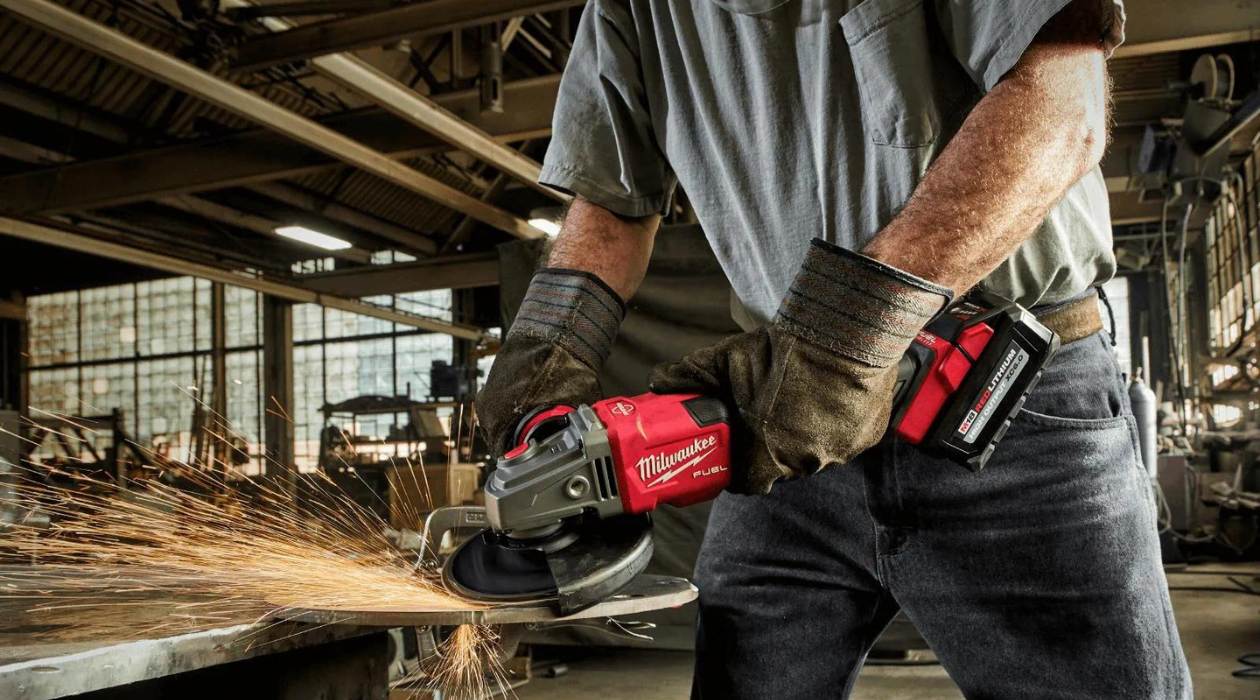
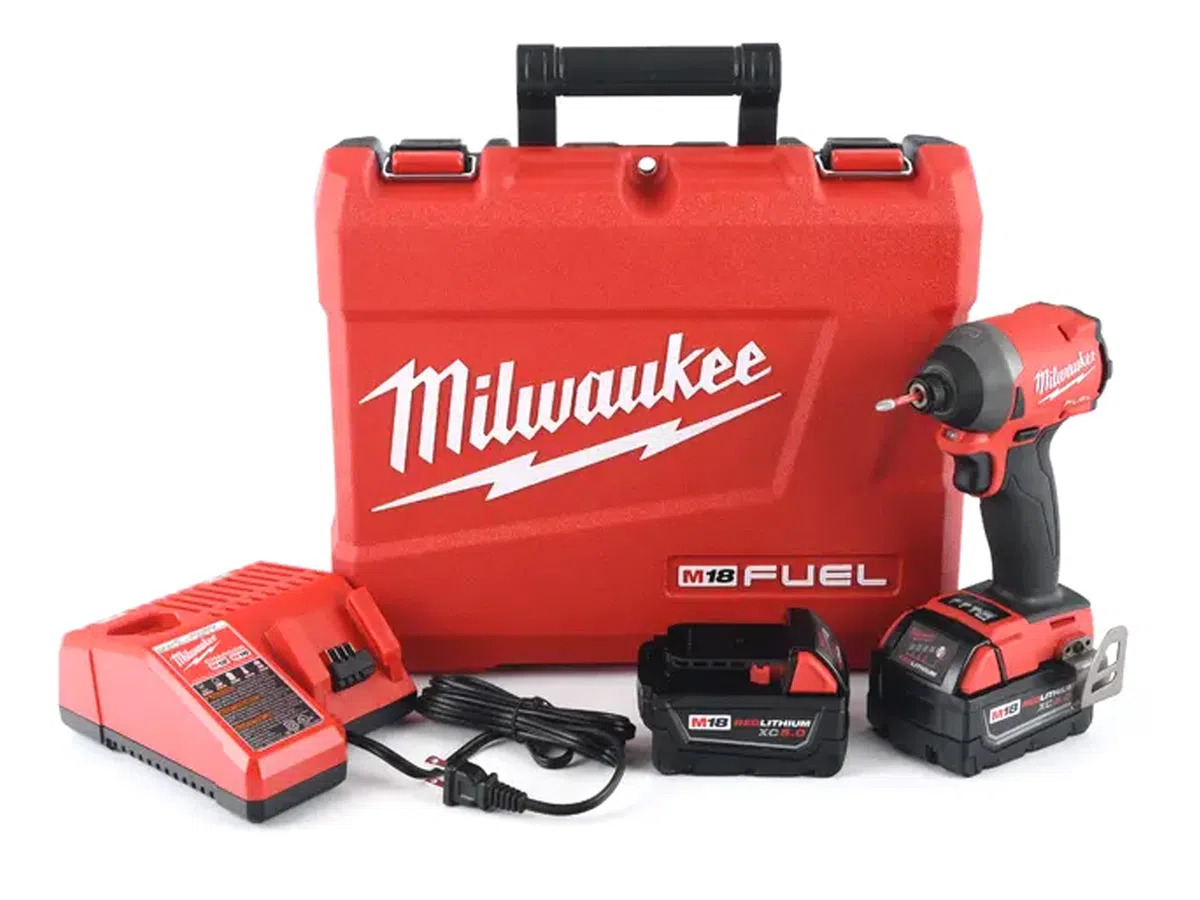
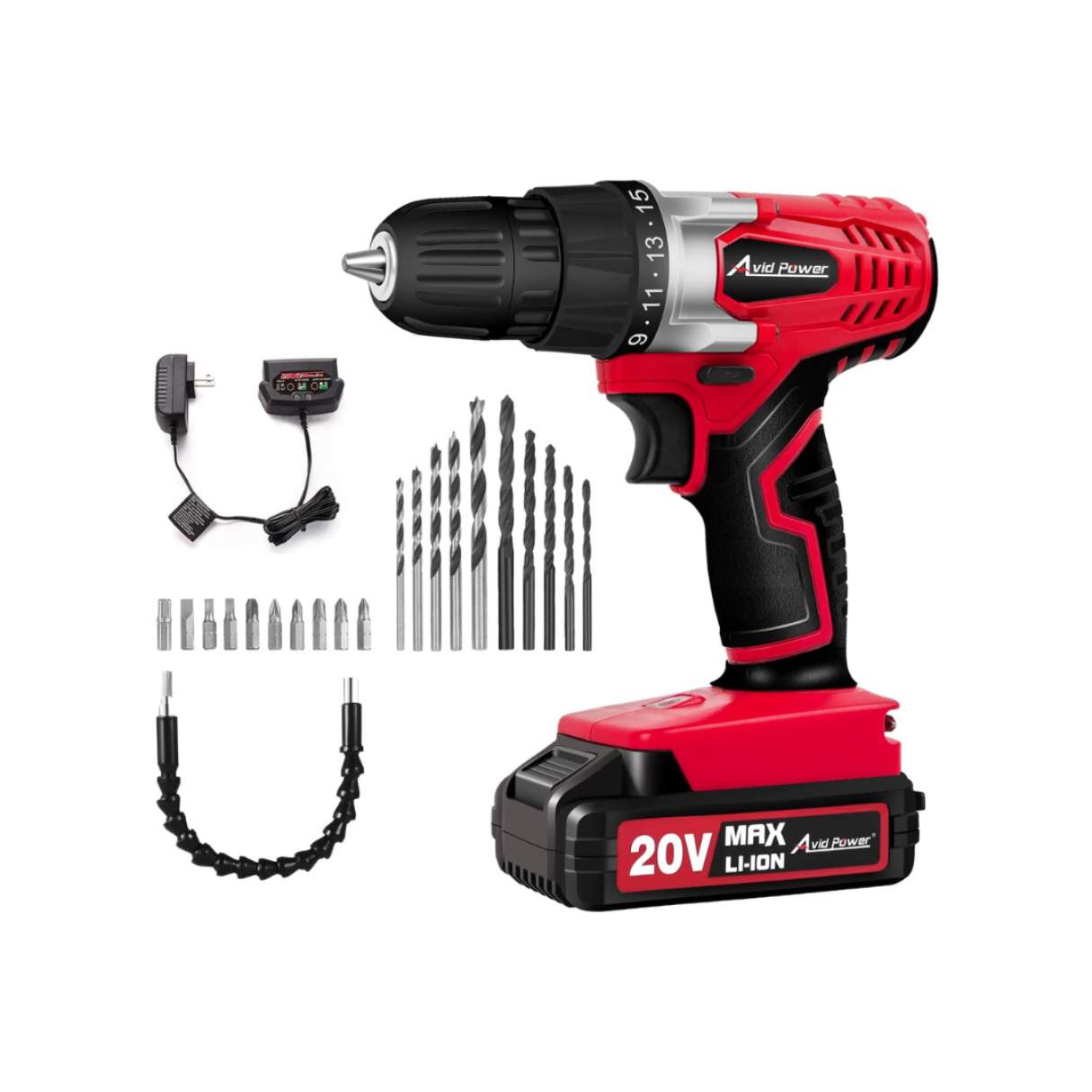
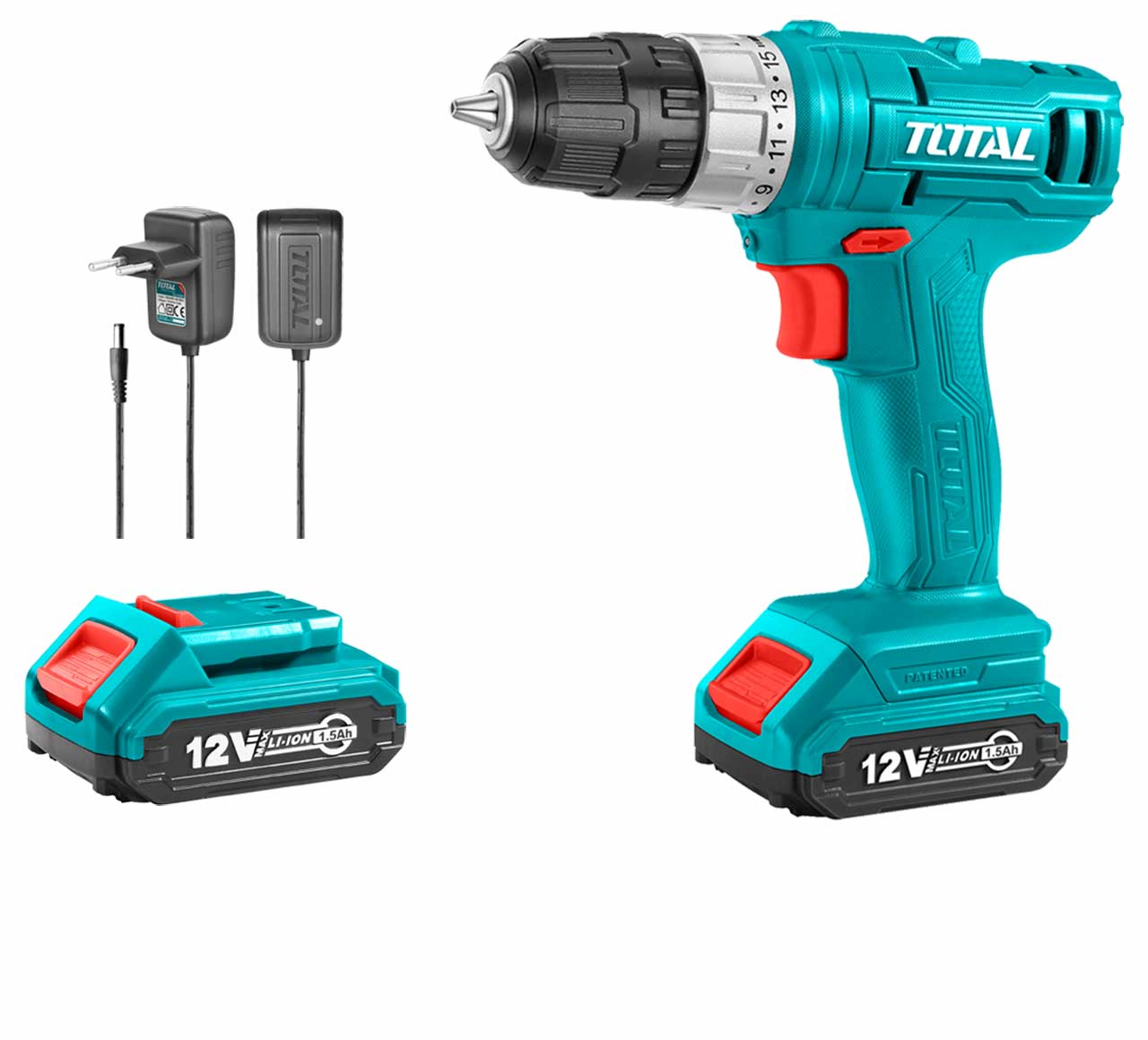
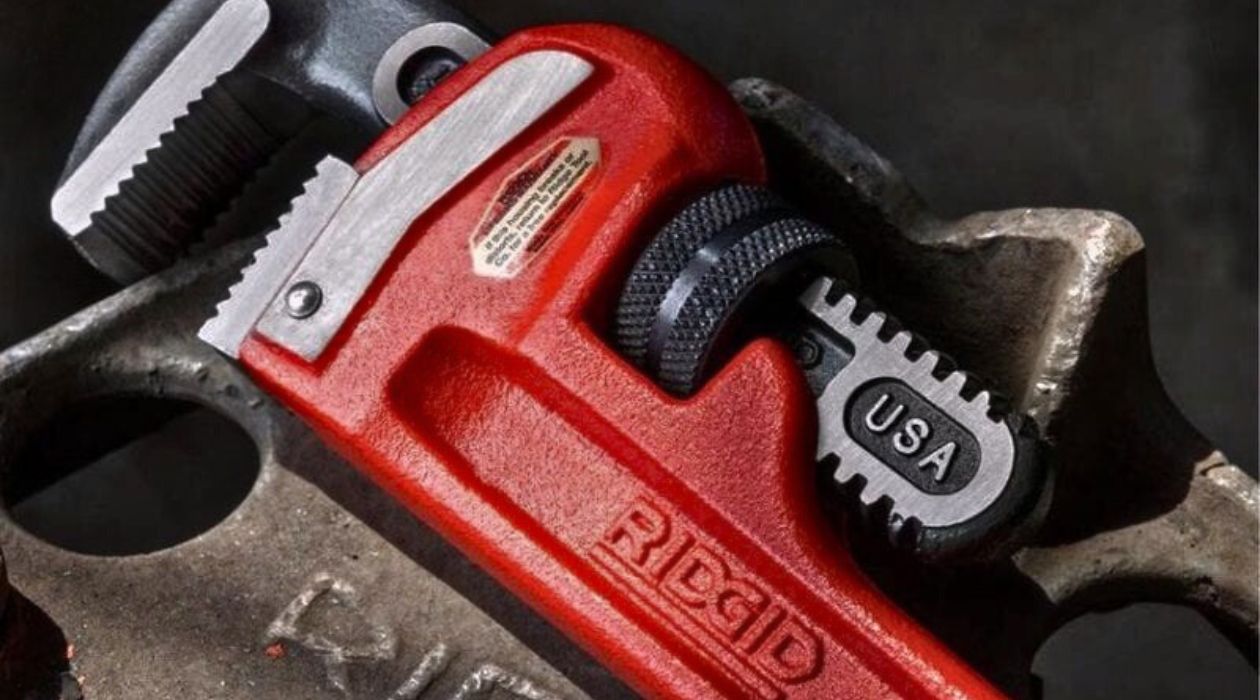
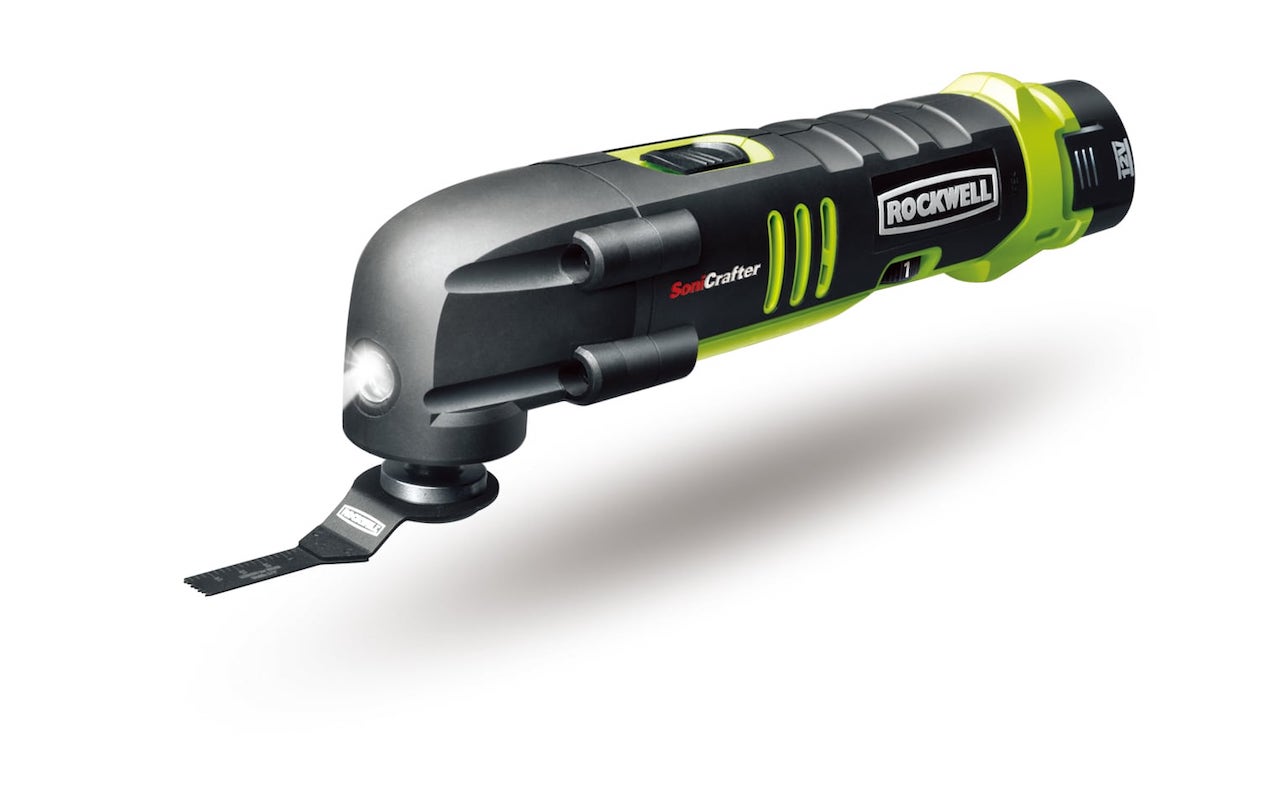
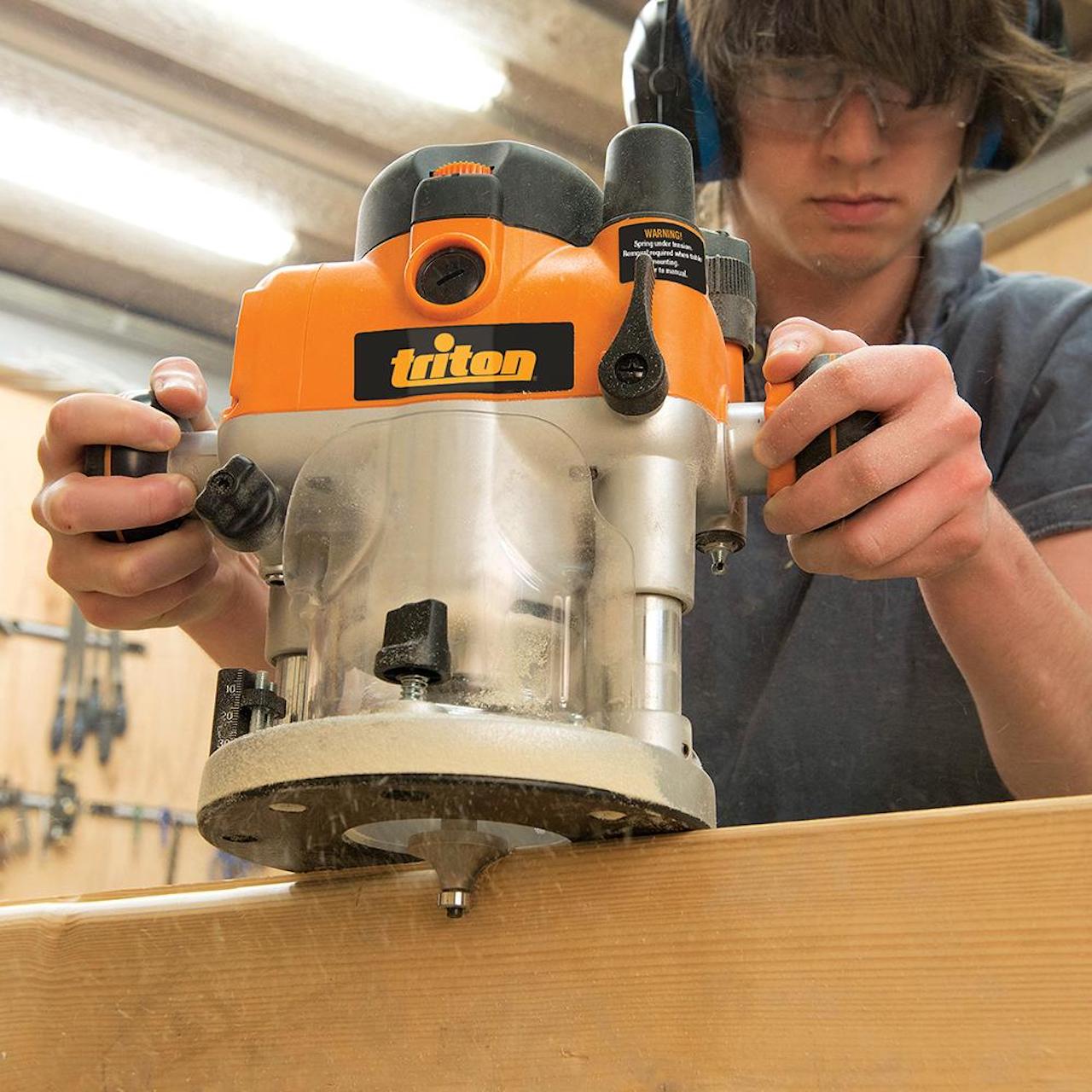

0 thoughts on “How To Organize Power Tools”